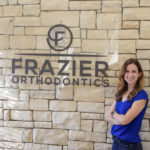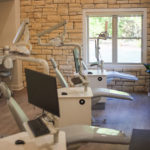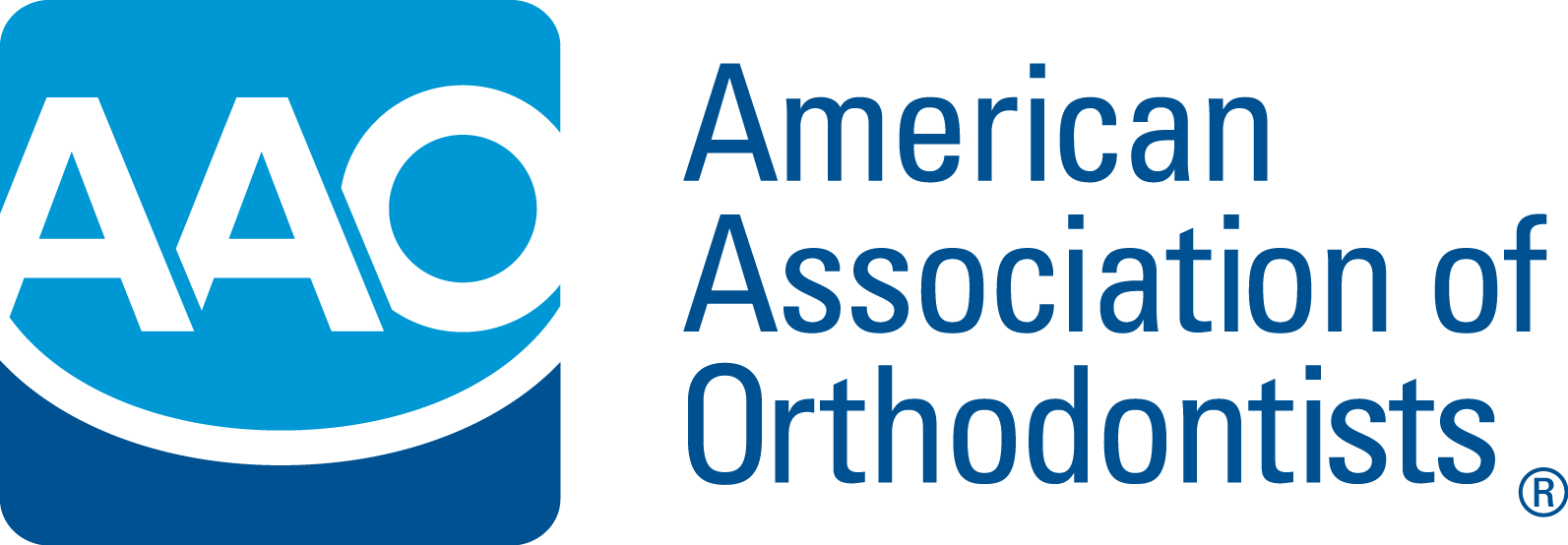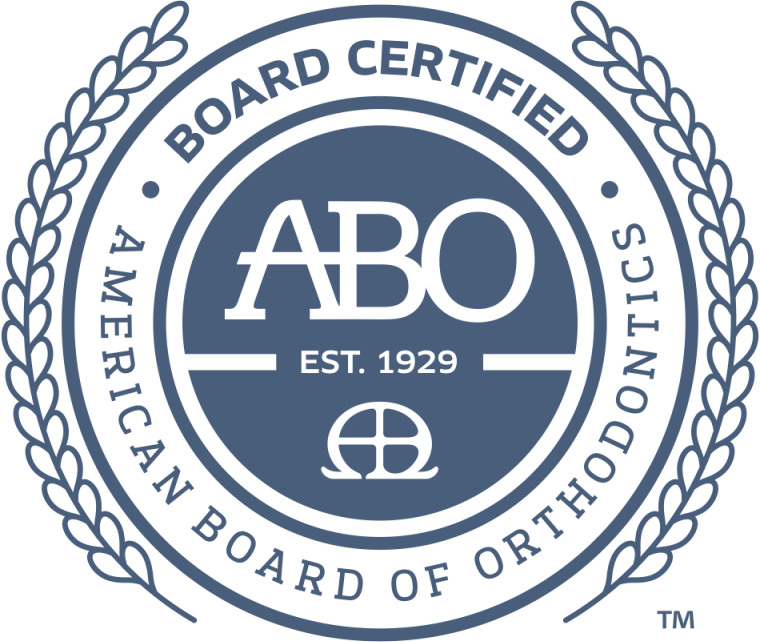I had braces for many years in high school. Most of my friends did as well. It was common to “wait until all of your baby teeth fall out” before seeing an orthodontist. But actually, the recommendation to wait until all of your baby teeth fall out before seeing an orthodontist is a common misconception.
So then what has changed? Why does it seem like so many elementary school children have braces? In fact, one of the most common questions I get is, “Why do so many young kids have braces? It wasn’t like that when I was that age.”
When Should Kids Get Braces?

Typically, kids receive braces around age 11-13, or after they have all of their permanent teeth. In most cases, that is the ideal time to get braces. This is usually a great time for comprehensive orthodontic treatment because we can straighten all of the adult teeth, but these patients are still growing enough to manipulate or redirect their jaw growth, if necessary.
However, some children need braces, Invisalign, or an orthodontic appliance much earlier than that. Some children receive “early braces” around age 7 or 8. The goals of early braces are very different than comprehensive braces at age 11-13. Early braces are only on the teeth for 6-12 months to fix very specific treatment goals.
Why Are Early Braces So Common? Is This a New Trend?

The world is constantly changing and expert recommendations are always changing too. Remember when kids rode in cars without car seats and even without seatbelts? Healthcare and orthodontics is no different. Orthodontists are constantly improving the orthodontic specialty to provide the best care possible for our patients.
Because of this, new studies have changed the way we approach timing of orthodontic treatment. Studies suggest that for certain dental and skeletal imbalances, early braces are the best treatment option. In select cases, early braces may improve overall treatment results and minimize the time spent in braces as a teenager.
While it may seem like all of your child’s friends have braces, in reality, only a small percentage of elementary school aged children need early orthodontic treatment. Each child’s mouth is unique. That is why the American Association of Orthodontists (AAO) recommends children visit an orthodontist at age 7. This allows us to determine the best treatment plan for your child.
First Orthodontic Visit at Age 7
The AAO recommends seeing an orthodontist at age 7 because most kids have their adult front teeth and first molars at that age. Once those teeth have erupted, we can evaluate their bite and jaw growth patterns. We can also get a good idea of how the permanent teeth are erupting and help guide them into the proper position, if necessary. Evaluating a panoramic x-ray at age 7 helps us catch orthodontic problems before they happen, which can help us avoid more extensive treatment later. The consultation is complimentary and includes an orthodontic exam, x-rays, photographs, and a 3D iTero scan of your teeth and bite.
In most cases, I do not recommend braces at age 7. If early braces are not are necessary, I will monitor your child’s teeth and jaw growth with complimentary check ups once a year. These yearly growth and development checks help us determine exactly when your child is ready to begin their orthodontic journey.
If early orthodontic treatment is necessary, I will thoroughly explain your treatment options, the reasons for early treatment, and the specific goals we will accomplish. This will allow you to make the best decision for your child. Early orthodontic treatment typically include braces, Invisalign, or an expander. In some cases, appliances are used to correct jaw growth patterns.
Benefits of Early Braces or Early Invisalign
When early orthodontic treatment (known as Phase I treatment) is needed, the benefits are extraordinary. Properly timed early treatment for 6-12 months can have huge benefits for your child including:
- Guide proper jaw growth
- Correct crossbites
- Create and improve facial symmetry
- Prevent trauma/damage to protruding teeth
- Improve crowding – which can help the permanent teeth erupt in a better position
- Avoid impacted teeth (teeth that get stuck in the bone/gums and have to be surgically treated later)
- Stop oral habits (like thumb sucking)
- Improve your child’s confidence and self esteem
Next Steps
If your child is 7 or older and hasn’t had an orthodontic consultation, reach out to your local orthodontist for help. Our office offers complimentary consultations and complimentary growth checks until they are ready to begin treatment. As a board-certified orthodontist, I am trained to spot subtle problems in erupting teeth and growth patterns. Seeing an orthodontist is the best way to determine if your child needs early treatment.
Frazier Orthodontics First Visit


At your first visit, you will:
- Get a tour of our new, modern orthodontic practice
- Meet our compassionate team
- Then we will take photographs and any necessary x-rays for your child
- I will perform a thorough orthodontic exam on your child. We will discuss your child’s teeth, jaw growth patterns, and treatment recommendations. In most cases, no treatment will be needed and we will schedule you for a growth and development check in 1 year
- If treatment is necessary, we will thoroughly discuss your treatment options, pros/cons of treatment, risks of not undergoing treatment, and logistics such as insurance coverage and our flexible, interest-free payment options.
If you have multiple children, you are more than welcome to bring them all to the consultation. It is fun for kids to see their older brother or sister getting their exam so that they know what to expect when it is their turn to have an orthodontic evaluation in the future.
If you have any questions, please let me know. I look forward to meeting you and your family.
Have a great day,
— Kirsten Frazier, DMD MS









